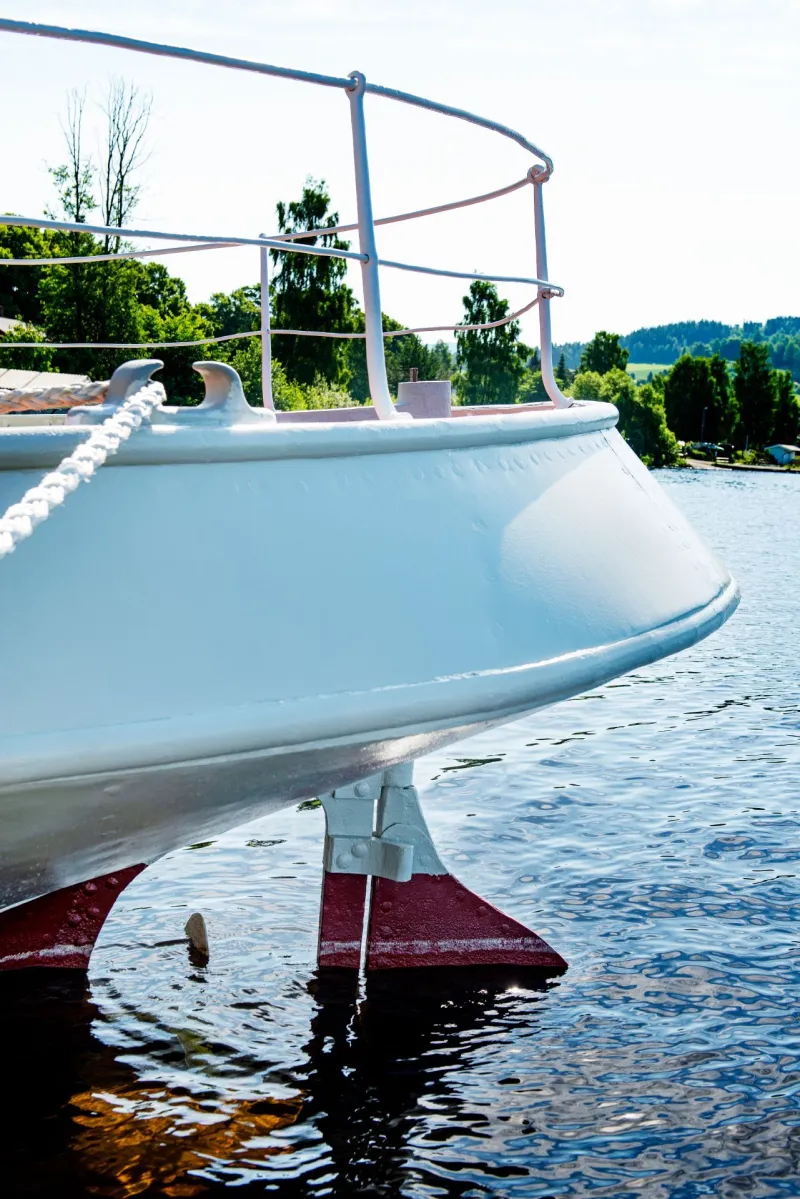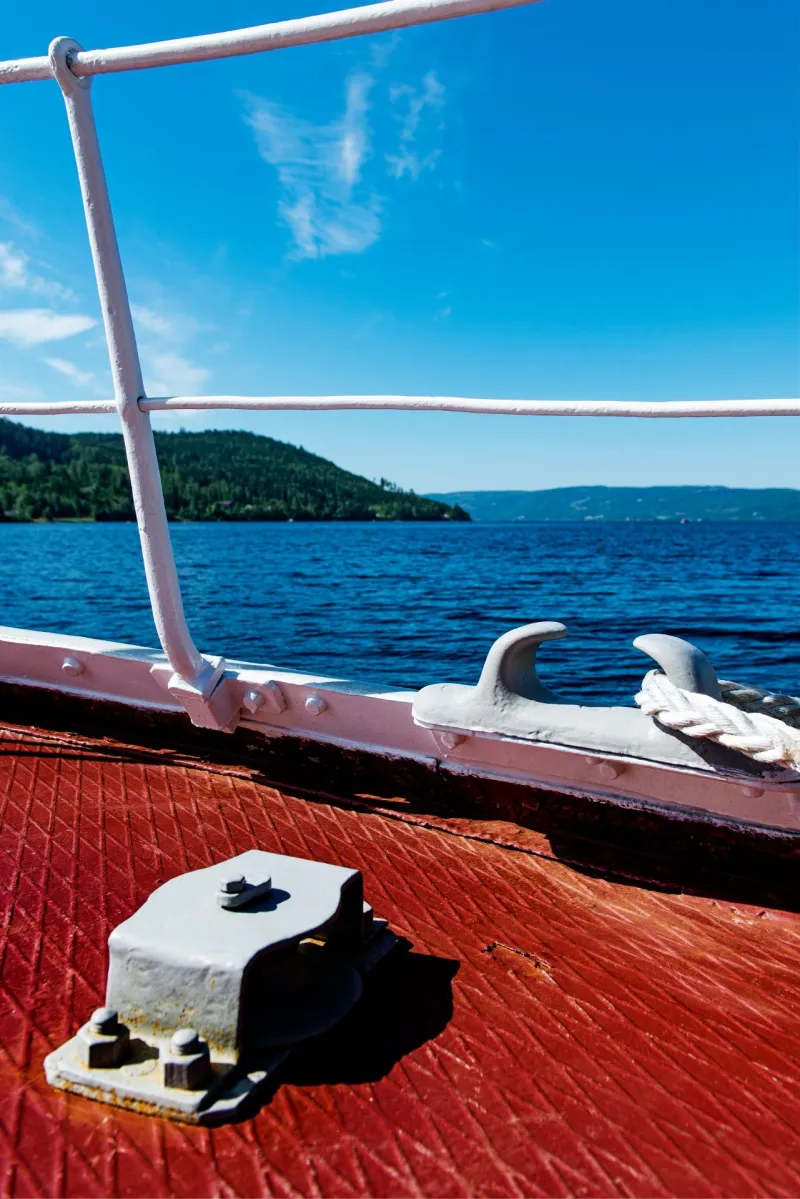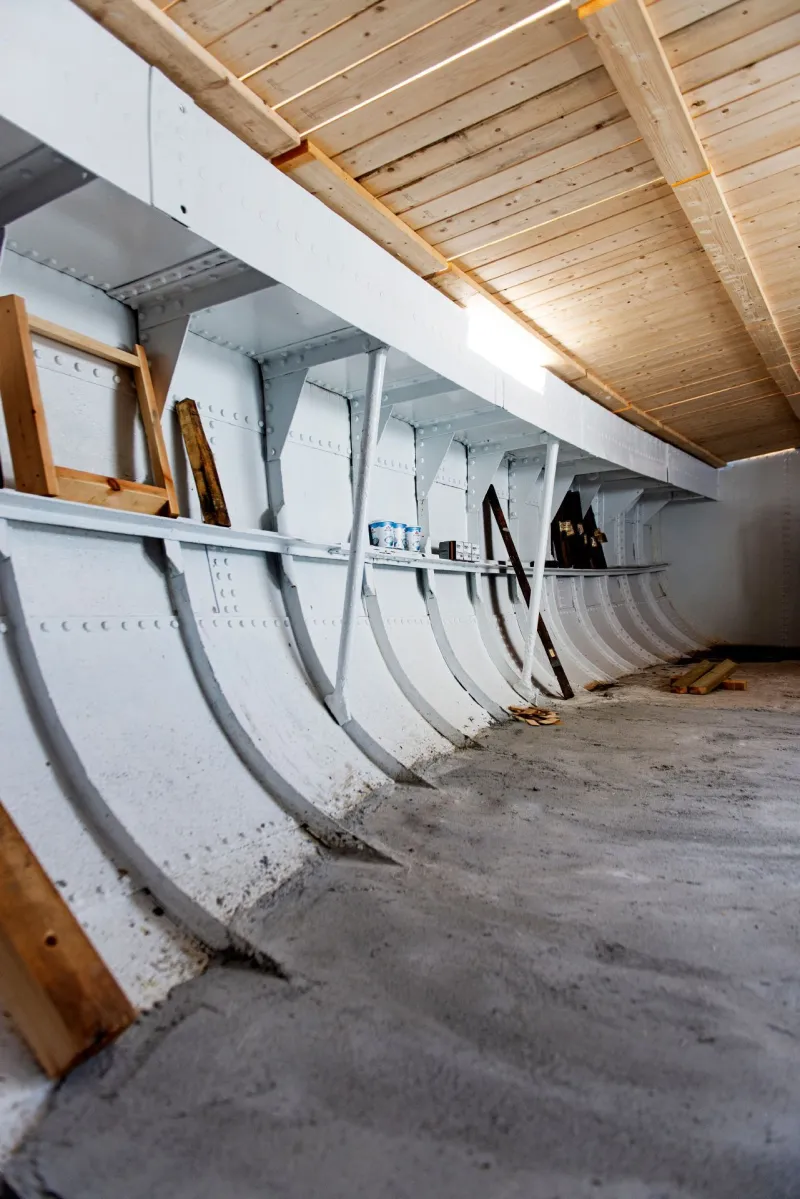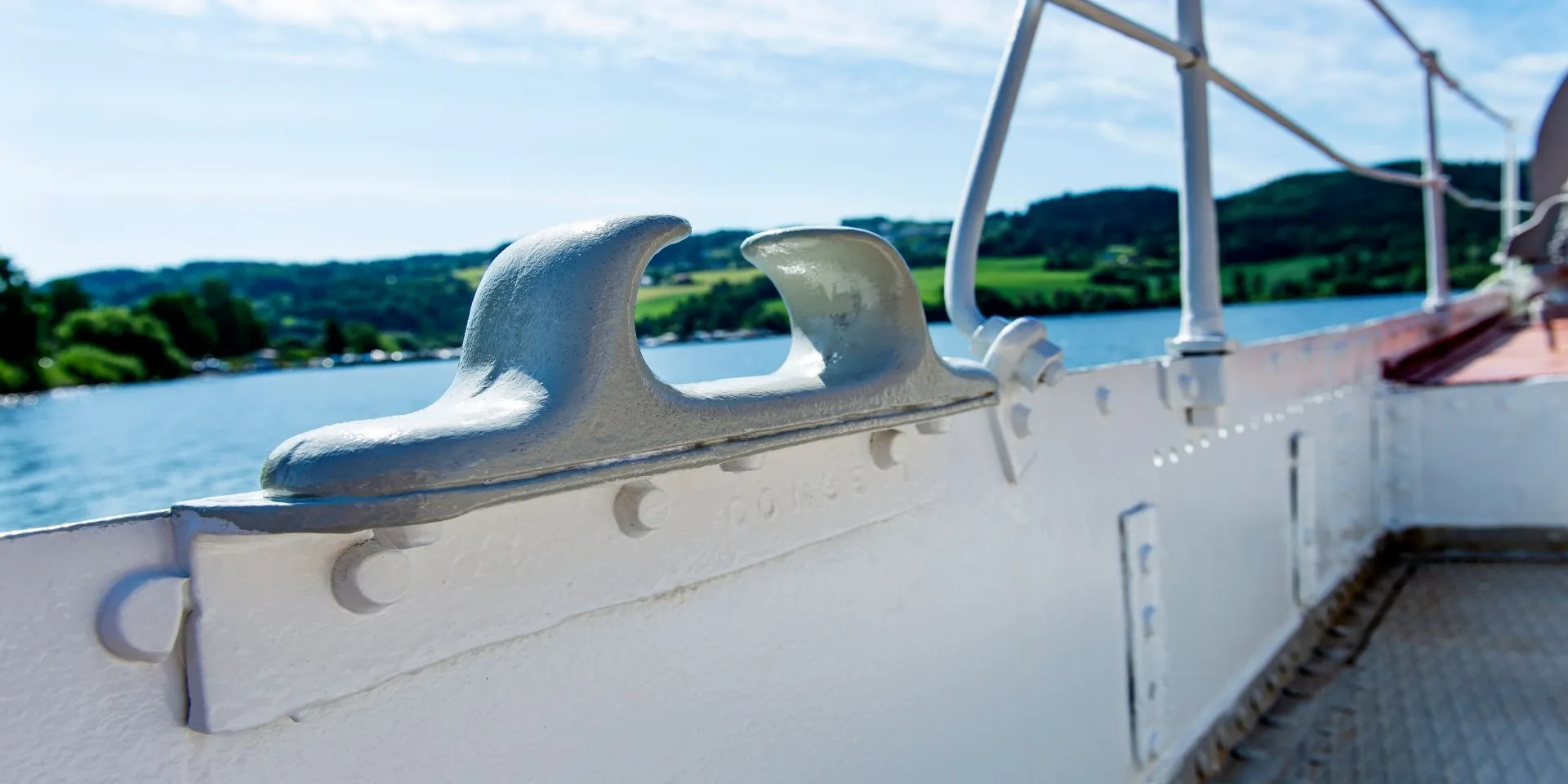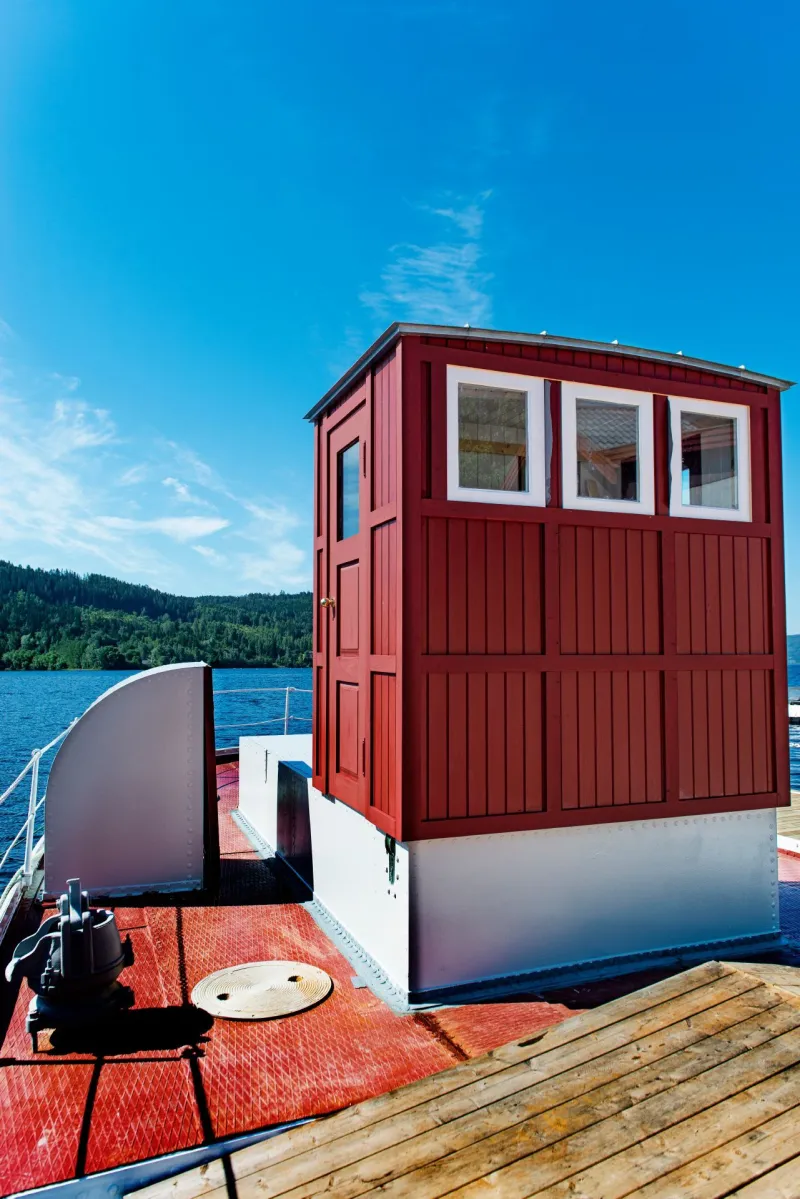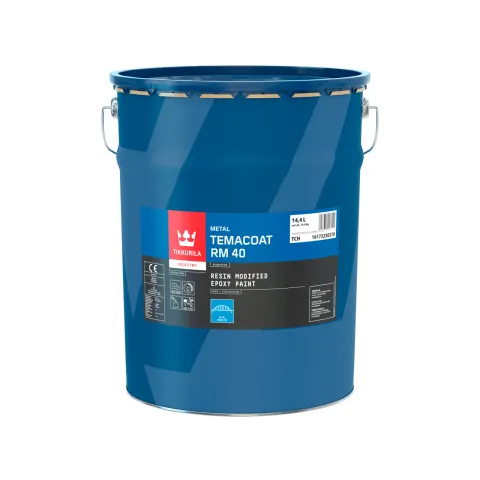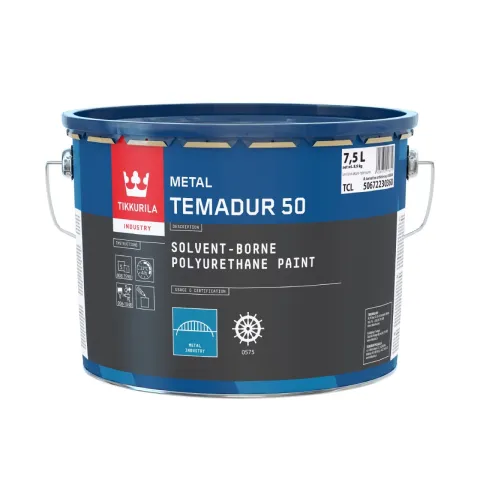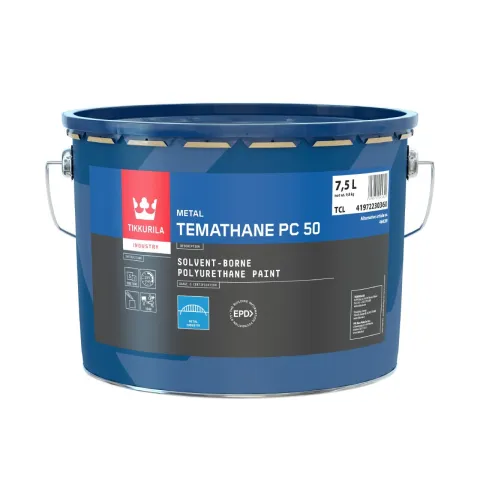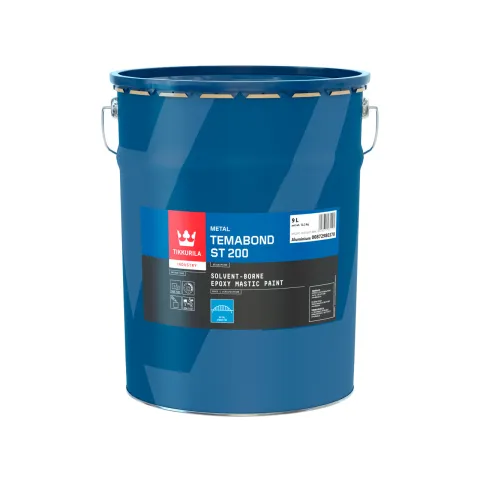Restoring the M/S Brandbu to its former glory
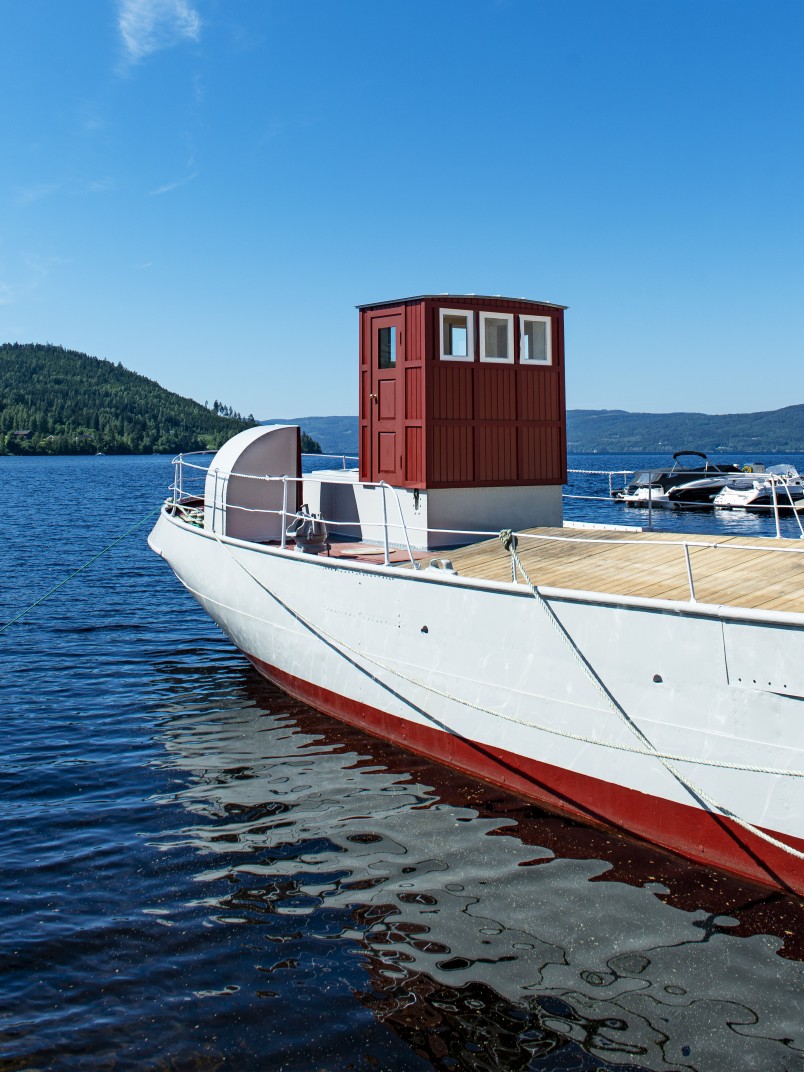
In 2014, Randsfjordmuseet in Jaren, Norway became the proud owner of M/S Brandbu, the last Norwegian-made inland freighter and a protected cargo vessel. Randsfjorden, a large inland lake around 50 km north of Oslo, was once the main transport route in the area, linking Jevnaker in the south with Odnes in the north. Over the last five years, the museum, volunteers, heritage institutions, and local companies have been restoring the ship to its former glory, thanks to the generous economic support from both private and national contributors.
An extensive restoration project
In 2015, the museum started an extensive restoration project to save M/S Brandbu from further decay and bring her back to her former beauty. The restoration methods and solutions has been of great interest and in cooperation with in particularly The Norwegian Directorate of Cultural Heritage, the projects main contributor. It has been a lengthy and time-consuming process that has needed a lot of help from volunteers and partners.
One challenge was that neither the volunteers nor the museum started with much insight into the preservation of larger, steel ships, which made the expertise of partners such as Metalliseringsverket, a sandblasting and thermal spraying company, crucial. Based on their recommendation, Tikkurila paints were chosen for the renovation of M/S Brandbu.
During the massive renovation project most of the outside surfaces and some of the inside ones were renewed and painted with Tikkurila products. Tikkurila’s expertise was invaluable when selecting the right kinds of paints for the challenging conditions.
Grethe Johnsrud, Project Manager of M/S Brandbu, was very pleased with the cooperation between the project team, Metalliseringsverket, and Tikkurila. “Our priority was to find a system and paints for M/S Brandbu that we can also rely on long into the future, in order to keep maintenance to a minimum,” she explains.
Because the project was something new for both the project manager and the volunteers, there were many questions that needed answering.
“We had many questions during the project but our contact person at Tikkurila was always easy to reach, patient, and generous in giving us much-needed information about the painting. We formed a great relationship with Tikkurila’s Industry Sales team, which meant that communication was always easy and fluent,” says Johnsrud.
In addition to the uniqueness of the project, the painting conditions were also a challenge. Painting is usually carried out in controlled conditions, but in this project it had to be done in a uninsulated tent with no possibilities of controlling climate nor ventilation outdoors. This meant careful consideration of environmental factors, clear guidelines for painting, and good protective equipment for the volunteers.
Working towards a common goal
The restoration of M/S Brandbu is a remarkable example of the power of teamwork, and the engagement of the volunteers has been outstanding. All the expertise and help has been greatly appreciated, especially among the volunteers involved in this the project.
“Every time a partner showed an interest by giving us insight and help, like the painting tools provided by Jordan, Metalliseringsverket and Tikkurila, people were given a boost to continue this important work. With such a challenging starting point, help from professionals has motivated and inspired our volunteers to achieve great things,” Johnsrud explains.
The project has also received a lot of publicity; besides being a huge inspiration to the local community, M/S Brandbu is a valuable asset in terms of both national and local heritage. Even the Norwegian minister of cultural heritage has expressed an interest in visiting the vessel.
The project has been launched, but the story of this distinguished old lady is far from over. The restoration process continues, and we are looking forward to seeing what the future holds for M/S Brandbu.

